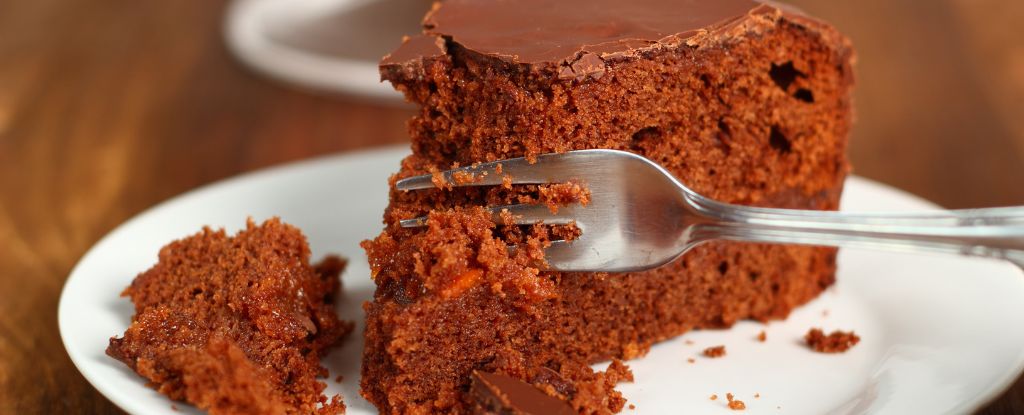Would have been ten times better if they gave you a ballpark estimate of how much to include in the recipe. One cup? A few teaspoons?
As it stands, this is more trivia than practical advice.
In the actual study (linked to in the article) they mentioned testing this out with the coffee or tea powder substituting 1, 2 or 3% of the flour in the recipe. Also note that the used coffee grounds and tea leaves were repeatedly rinsed with distilled water, then dried and made into a powder. So, different than just used grounds or leaves that you would have handy.
Still, this might inspire me to find some existing recipes that call for coffee grounds and tea leaves.
Ah, good. I looked right past the link. Thank you for the summary!
Powdered more than coffee grind would be hard to achieve… I think the coffee grinder makes the finest powder I can achieve at home.
Had a hand grinder at one point that could make a fine powder if you set it up wrong.
tl;dr - "The new findings suggest used coffee or tea could be a natural and sustainable way to improve the shelf life of baked goods, while at the same time infusing the products with added nutrients."
Pretty interesting article, but would’ve been pretty funny if the results were “it just tastes bad”. Negative or failed results can be both funny and informative
We just got some loose leaf tea as a gift, I might save some after steeping and see how it tastes in a quick bread. I bet it would be good in banana bread.





